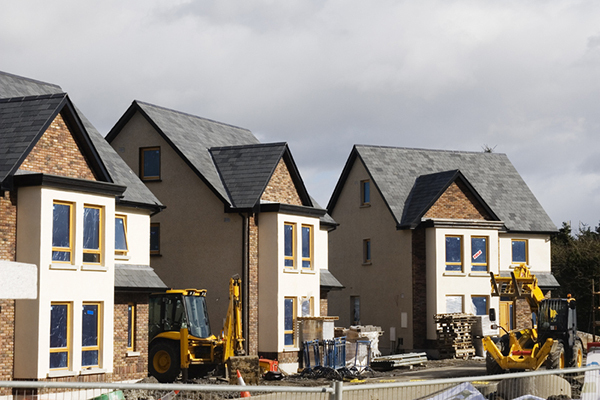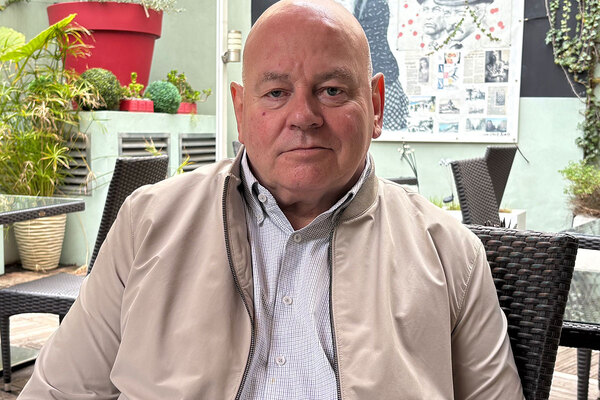Section 106 delivery to slide but grant funding to boost affordable housing numbers, says Savills
The number of homes delivered through Section 106 will fall to around 25,000 annually over the next five years, property agent Savills has predicted.
In a new research paper, Savills said it expected a fall of 10% in Section 106 homes, compared with the last three years.
This could happen due to “slightly lower” demand for new homes when Help to Buy ends in 2023, meaning a drop in developer contributions for affordable housing, the paper said. Around half of affordable housing delivery has been through Section 106 in recent years, Savills said.
In June, the government announced that it will require at least 25% of developers’ Section 106 contributions to be part of the First Homes Scheme.
“As a result, we expect the supply of shared ownership and affordable rented tenures through Section 106 to be 20% lower compared to the last three years,” Savills said.
Instead, the agency expects affordable housing delivery to be more reliant on the government’s £11.5bn Affordable Homes Programme.
Over the next five years the agency expects delivery to rise to an average of nearly 60,000 affordable homes a year. Since 2018, on average 50,000 affordable homes have been delivered annually.
But it also raised questions over how the government’s proposed infrastructure levy, designed to replace Section 106, will affect the delivery of affordable housing.
The policy has been strongly criticised. Kate Henderson, chief executive of the National Housing Federation, told MPs last year it could lead to the return of “bolt-on estates” in areas “that no one wants to live in”.
On the infrastructure levy, Savills added: “It remains unclear how this policy will change under the new housing secretary, but any change is likely to disrupt supply to some extent.”
The paper also suggested that housing associations will step up efforts to seek land-led development as Section 106 volumes decline. But Savills warned: “Housing associations control a small proportion of the development pipeline and are likely to find the land market challenging, at least in the short term whilst competition remains strong.”
Housing associations will need to hunt out opportunities to work with developers, Savills said. It added: “Working with for-profit registered providers and build-to-rent developers will also provide opportunities, as these players grow their involvement in housing development.”
Earlier this year, Hyde partnered with investment giant M&G to develop homes that will be owned by M&G’s shared ownership fund, which registered as a for-profit provider last year.











